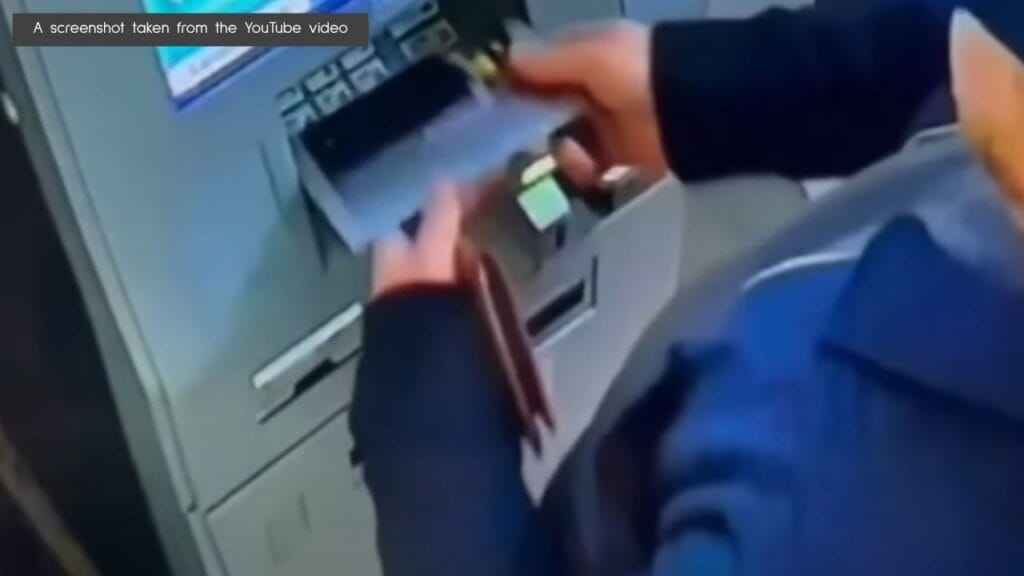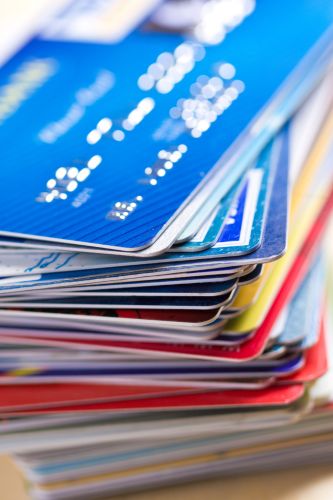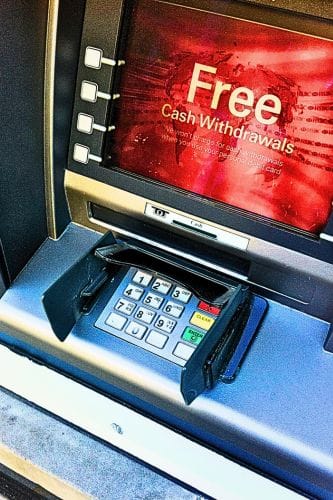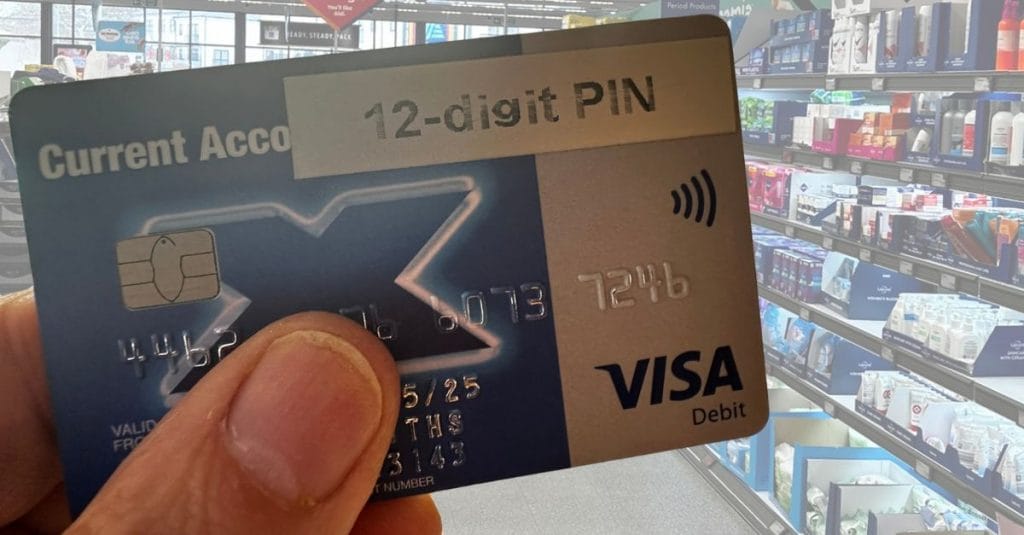I am sure this video is aiming to educate its viewers on how they can protect themselves against card skimming fraud, which is commendable. The video claims skimming fraud is costing Financial Institutions and Consumers around a $1Billion per year, which compounded since the early days of Chip Cards – 20-odd years – is a substantial amount of cash!
It looks like the scams discussed in this video are limited to the USA, because it’s unlikely they would work anywhere else.
Analysis of the Skimmer Scam
Skimmer Placement
These devices are appearing everywhere, and to all intents and purposes they represent silent and invisible threats to payment security.
They are turning up in Gas Stations, ATMs, Grocery and Retail Stores; they are on the increase, but they are not new!
The clips in the YouTube video give the impression that card skimming fraud is inevitable.

Law Enforcement Counter Measures
Smarter and Faster Criminals
Skimmers – a US phenomenon
PIN Stuff
Accountability
We learn that this is truly a region-wide crime wave, but surely it must also be about accountability – this fraud is preventable!
Sound Advice – on the whole
This is preventable
We learn that Law Enforcement Agencies across the region are stepping up their game, investing in technologies that can sniff out skimmers and I assume shimmers also. The fight against skimmers is a constant battle, but it’s not a new battle!
There is a Police Department in Florida that is using skimmer seeking devices to check and then dismantle compromised payment devices. A blue light means it’s on, a green light means the reader is ok, a red light indicates a skimmer – it looks like the devices can detect both shimmers and skimmers.
The cost of skimmer fraud, according to the FBI, is in the region of $1 billion every year. Over 25 years, that’s a lot of money, which would have paid for chip card upgrades to a whole load of devices over the years.
Card Skimming is a serious threat, but if chip cards are implemented properly across a region, then the ability to skim goes away – the prevention of fraud pays for itself.
The scammers are stepping up their game. The banks should too!
Explore the Future of Payments
The global payment ecosystems continues to evolve with technologies like AI, tokenisation, and real-time payments.
Stay ahead of the game by diving deeper into the world of payment processing.
Have questions or need expert insights? Contact us.








